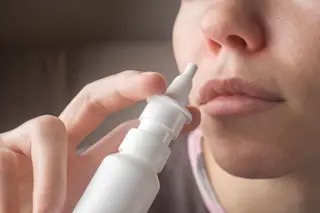An hour before we spoke, Darragh O’Carroll, an emergency room physician from Hawaii, had just given an elderly patient a sedating shot of ketamine. The man had pneumonia and was acting confused and fidgety, making him hard to treat.
“Not only it was a pain control for him when I was putting needles into his neck, but it also kept him still,” O’Carroll says. “And with very minimal risk of lowering his blood pressure.”
Ketamine’s use as an anesthetic — and not as a party drug — is widespread, though not commonly known. In fact, the World Health Organization estimates ketamine is the most widely used anesthetic in the world and keeps it on their list of essential medicines, a category of drugs that all developed countries should have on hand.
O’Carroll has described ketamine as his “favorite medicine of all time” in an article for Tonic, not only because ...














